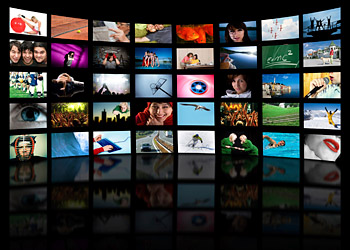
Some of the world’s greatest inventions began as mere sparks in the minds of their makers. Air travel, Internet and even the humble telephone – those preposterous, laugh-inducing ideas, which we take for granted today – were nothing but mere ‘what ifs’.
But, a spark alone cannot appeal or persuade a lady reading the morning paper or a gentleman watching the TV – that spark igniting a fire is what garners attention. In advertising, media design is that gust of wind that can turn a mere spark into a raging fire.
Media design can be thought of as a gateway to bring the consumer as close to the product as possible, without actually buying it. It engages their senses through experiences – audio, video, print and much more. In simple terms, it is an interaction, which helps build a relationship; it gives the consumer a reason to consider the product being advertised when he or she is out shopping.
What it comprises
Media design utilizes those tools that can provide an in-depth understanding of what the consumer will be attracted to. Engaging the services of elements ranging from communication – is it digital? How attractive is it? What font does it use? To culture – is it trend setting? Does it incorporate the latest technology? It helps give life – tangible life – to ideas.
Examples of media design
The types of media designs available right now are many, with new ideas gaining foothold regularly.
Media design in print, among others, includes brochures, pamphlets and business cards. Companies use media design to create corporate symbols, billboards and hoardings. Video productions, animations and gaming are other avenues, which utilize media design in their advertising.
Media design is a challenging and exciting field. To be on top of the game, designers need to constantly question all that is around them. In other words, they need to be the ones who look beyond the horizon.
